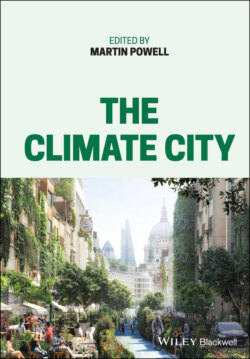Читать книгу The Climate City - Группа авторов - Страница 40
Venice
ОглавлениеVenetians have lived on water ever since the first Venetians chose to settle in a mosquito-filled marsh in the northern Adriatic Sea. These fifth-century settlers were fleeing German and Hun invaders and probably picked the area, which consisted of dozens of disparate islands surrounded by a 200-square-mile (517-km2) shallow lagoon, for the protection it offered them.14
They harnessed the natural landscape to build a city by driving wooden poles into the ground, creating plank and marble foundations, and redirecting the rivers to the sea away from the lagoon15 – problem solving at its finest. If the original Venetians hadn’t done this, Venice as we know it today would be Italian coastline and not much else.
Venice is the city where the streets are made with water. There are no additional lanes or roads that have to be built, road traffic is purposefully kept to a minimum, and this has in turn made everyone walk. Venice is an inspiration for cities who want to reduce their car use and diversify their transport system. Venice was one of the first cities to hit its GHG emissions peak before the 2020 target.16
Venice faces many challenges today, including rising sea levels and shifting tectonic plates that technology and urban development are attempting to keep up with, but the original premise is still to be admired. For a city founded for the purpose of protection, it seems to still be in line with its original values (Figure 2.4).
Figure 2.4 Venice today, a city founded for the purpose of protection, now ironically under threat from rising sea levels. (Source: Miiisha/Shutterstock)
Venice has endured, with a concept that is wholly unique. It has taught us a model for sustainable multimodal transport without car use. It is an enduring proof-of-concept.
